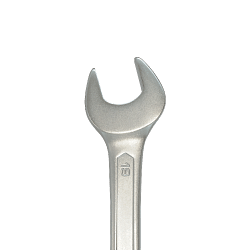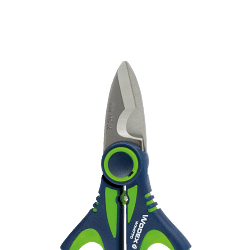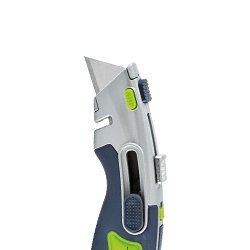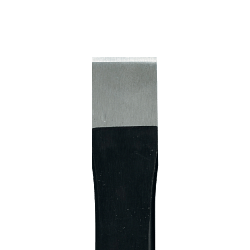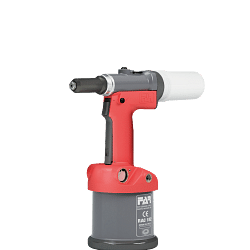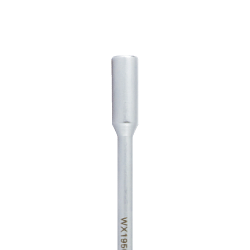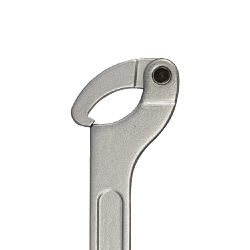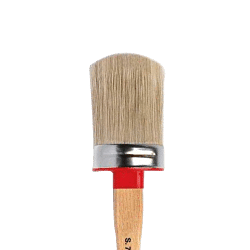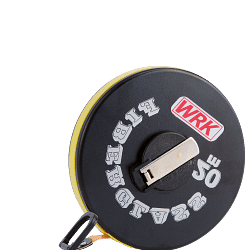< Hand tools Combination wrenches
Combination spanners are essential tools in the world of machine shops and industry in general. These tools, known for their versatility and precision, are designed to facilitate work on a wide range of mechanical applications. In this in-depth look, we will explore in detail what combination spanners are, how they are used, the advantages they offer, and answer some of the most frequently asked questions about these indispensable tools.
Introduction to combination spanners
Combination spanners are hand tools that have two different ends: a fork end and a star end. This configuration allows them to tackle a variety of tasks with a single tool, making them particularly useful in work environments where space is limited and efficiency is paramount. The fork end is ideal for screwing and unscrewing nuts and bolts in tight spaces, while the star end offers a more secure grip and greater leverage, reducing the risk of damaging the nut or bolt.
Using combination spanners in machine shops
In machine shops, combination spanners are used for a wide range of applications. From maintaining heavy machinery to repairing vehicles, these tools are indispensable for ensuring that components are tightened correctly and safely. Their versatility allows mechanics to quickly switch from one task to another without having to change tools, saving time and increasing productivity.
Advantages of combination spanners
One of the main advantages of combination spanners is their ability to offer two tools in one. This not only reduces the number of tools needed in a kit, but also saves space and weight, a crucial factor for technicians working in mobile or confined spaces. In addition, the dual functionality of combination spanners reduces the time needed to switch from one type of spanner to another, improving operational efficiency.
Combination spanners are also known for their robustness and durability. Made of high-quality steel, often with chrome-plated finishes to resist corrosion, these spanners are designed to withstand intensive and prolonged use. Their solid construction ensures that they can withstand the forces applied when tightening and loosening nuts and bolts, reducing the risk of breakage or deformation.
Frequently asked questions about combination spanners
1. What is the difference between a combination spanner and a ratchet spanner?
Combination spanners offer dual functionality with a fork end and a star end, while ratchet spanners have a mechanism that allows nuts to be tightened or loosened without having to remove the spanner from the nut. Ratchet spanners are ideal for jobs requiring continuous tightening, while combination spanners are more versatile for a variety of applications.
2. How do I choose the right size of combination spanner?
Choosing the right size depends on the nut or bolt you are working on. It is important to use the correct size spanner to avoid damaging the nut or bolt and to ensure secure tightening. Combination spanners are available in a wide range of sizes, so it is advisable to have a complete set to cover all needs.
3. Can combination spanners be used on rusty nuts and bolts?
Yes, combination spanners can be used on rusty nuts and bolts, but care must be taken to avoid damaging the tool or component. In some cases, it may be necessary to use a penetrating lubricant to facilitate the loosening process.
Conclusion
Combination spanners are an essential part of any mechanic's tool kit. Their versatility, durability and ability to offer two tools in one make them an excellent choice for a wide range of applications. Whether for everyday maintenance work or complex repairs, combination spanners offer the precision and reliability needed to get the job done efficiently and safely. Investing in a high-quality set of combination spanners is a wise decision for any mechanical professional, ensuring that they are always ready to face whatever challenges arise.
Read More Read Less 




